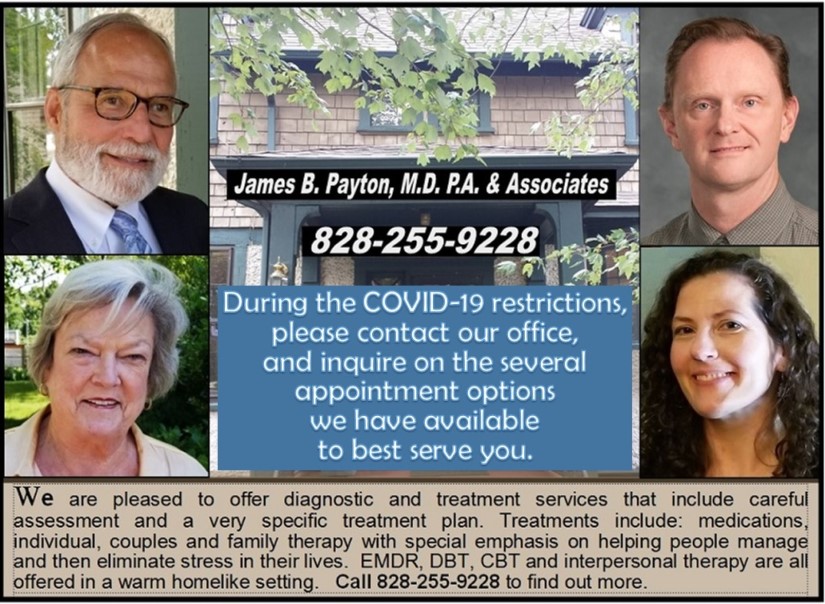IMPACT OF ADVERSE CHILDHOOD EXPERIENCES [ACE]
Starting in the 1980s, there was a focus on identifying risk factors for developing disease and yet it was clear that risk factors such as smoking, alcohol abuse and sexual behaviors were not evenly [randomly] distributed across the population. It was also found that risk factors for chronic diseases clustered with many people having more than one risk factor. This led to a study addressing the connection between adverse childhood experiences [ACEs] and later risk factors for health and social problems. Starting in 1995 over 17,000 people had physical exams and were asked to fill out questionnaires about childhood maltreatment [forms of abuse] and family dysfunction. They found that almost two thirds of them had at least one ACE and more than one fifth had three or more ACEs. Women experienced more emotional and sexual abuse compared to men. About one fourth experienced both physical and sexual abuse. The prevalence of ACEs is a major social and health concern and when their impact on later health and social factors are recognized it is even concerning.
They found that as the number of ACEs increased, the risk for health and social problems increased as well. These include: alcoholism and alcohol abuse; chronic obstructive pulmonary disease [COPD]; depression; fetal death; health-related quality of life problems; illicit drug use; ischemic heart disease [IHD]; liver disease; risk for intimate partner violence [domestic violence]; multiple sexual partners; sexually transmitted diseases [STDs]; smoking; suicide attempts; unintended pregnancies; early initiation of smoking; early initiation of sexual activity; and adolescent pregnancy. A prospective study in ongoing that is continuing to evaluate the impact of ACEs and family dysfunction on later health, social problems and early death.
It is tragic to see the terrible impact of ACEs that lead to chronic stress, on future health and social problems. So what can be done. Already, there are more efforts to identify victims of ACEs and see that research based treatment are available for them. This is quite a daunting task considering the large number of children and adolescents who are victimized by ACEs. So what about preventing ACEs? Well, there is a growing movement to provide good preschool programs for all preschool aged children. Where these programs have been in place there is evidence that long term outcomes [high school graduation rates; employment and no legal problems] improve and that this in part seems related to parents spending more time reading to their young children. This is addtionally encouraging as other studies have shown that the more young children are spoken to by their parents, the more likely it is that they will become successful adults.
I believe that if good preschool programs are available to all families that the incidence of ACEs will go down. I am hoping that we can all band together and support the funding of preschool programs as well as funding to be able to identify victims of ACE and make available effective treatments that can prevent the occurance of later health and social problems.

 Dr. Payton
Dr. Payton